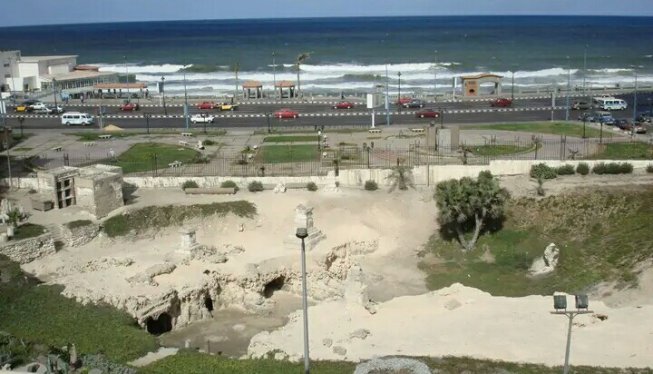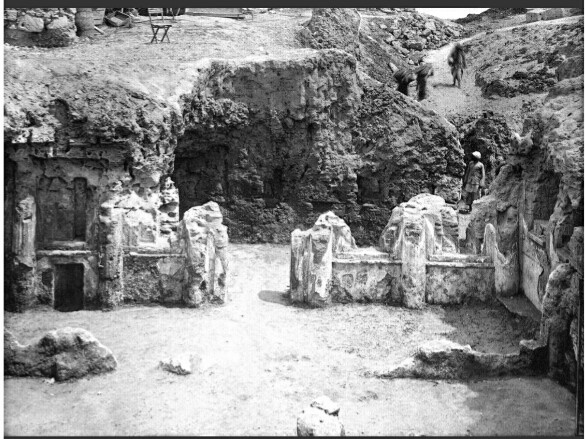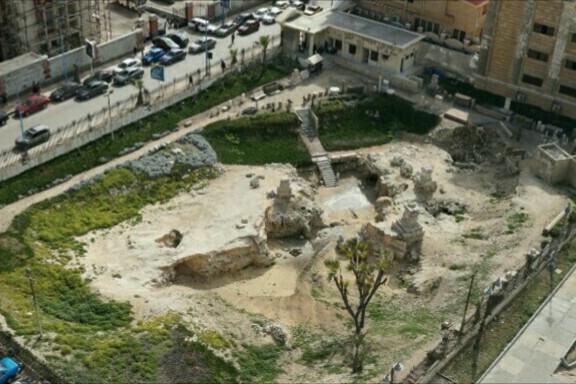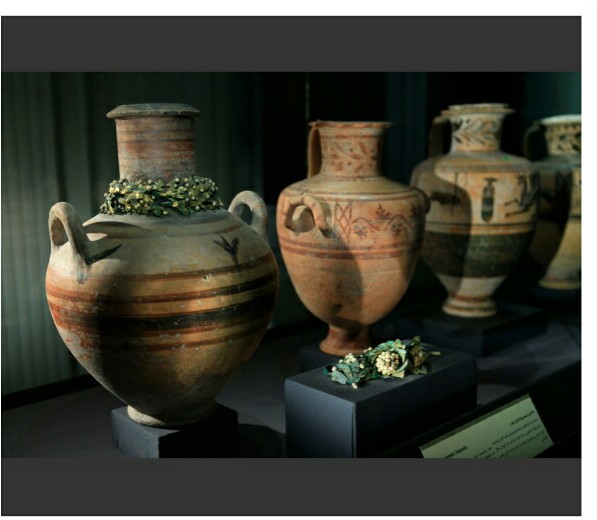The Shatby necropolis

Nevine Ezzat
The Shatby necropolis comprises the earliest surviving archaeological site in the Alexandria, dating from the late 4th / early 3rd century BC; in other words, this monumental Hellenistic necropolis represents the first generations of Greek Alexandrians, who ‘built’ the greatest city of the Hellenistic Worldby any definition.
The Shatby Necropolis was discovered in the beginning of the 20th century by Evaristo Breccia, 2nd Director of the Graeco-Roman Museum, and 3rd General Secretary of the Archaeological Society of Alexandria.
The development of Alexandrian tombs can be traced here, from modest shaft graves, through gallery tombs, to the monumental hypogea.

The Shatby Hypogeum a courtyard upon it’s discovery
The Alexandrian hypogeum consists of an open-air court, cut in Alexandria’s natural rock, which provides access to a series of burial chambers. The facades of the burial chambers were adorned with relief architectural decoration in Ionic and Doric orders. Inside the burial chambers, the ‘residents’ of the tomb were placed in rectangular niches cut in the walls, known as loculi. Loculi were sealed with slabs, decorated with painted imitations of closed doors, above which the names of the dead were inscribed. One of the burial chambers is dominated by two rock-cut funerary klinai (in fact sarcophagi for funerary urns), symbolically offering the ‘dead’ an environment for special funerary symposia (banqueting) with ‘view to eternity’.
Many burials consisted of a niche housing an urn containing the remains of the deceased after cremation, a tradition that was imported from Greece.

The necropolis of Shatby produced many finds, both in terms of variety and quantity, including painted and relief funerary stelai, intact funerary urns ،minor sculpture, coinage, and great variety of fine pottery. Unfortunately, in the period after its discovery the complex of Shatby has faced serious problems and damages. Too little has survived of its impressive painted and relief wall decoration.

Hydriae of the Hadara type
An archaeological project has begun
on the site, the project is directed by Dr. Mona Haggag, professor at the University of Alexandria and president of the Archaeological Society of Alexandria, and Dr. Kyriakos Savvopoulos of the Centre for Study of Ancient Documents, Oxford University.









Σχολιάστε